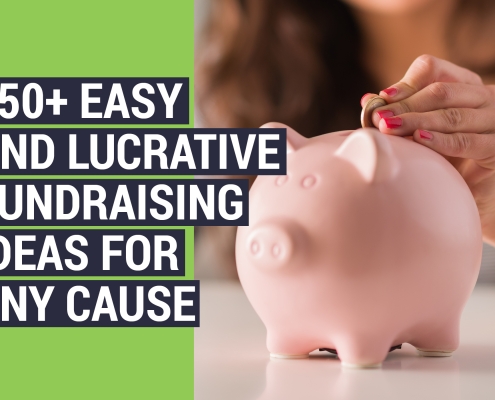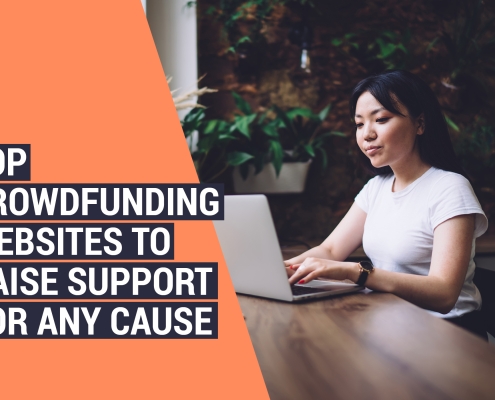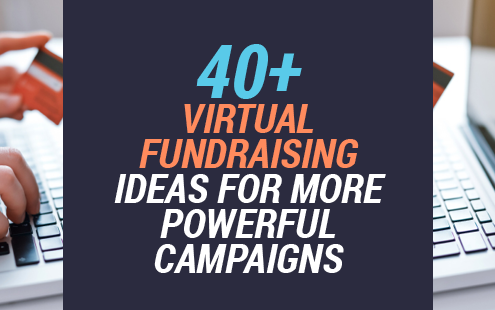Take Your Fundraising to New Heights
Show Compassion For Your Loved Ones
Raise More Money For Their Support
Our Favorite Articles
Resources on Fundraising Ideas for Different Causes
One of the best things about crowdfunding is that you can use to raise money for virtually anything.
If you have a creative project that you need to raise money for, crowdfunding can help.
If you recently lost a loved one and need to cover funeral costs, you can use crowdfunding.
If you want to support a particular charity or cause, you can raise money and awareness with crowdfunding.
We’ve listed 16 of the most popular reasons that people turn to crowdfunding to raise money. Each category will take you to a specific fundraising page with more information about that particular cause, project, or event. Have fun exploring how you can use crowdfunding to raise money!

















